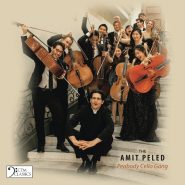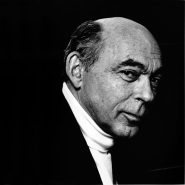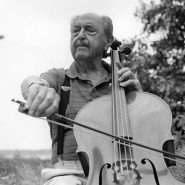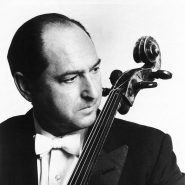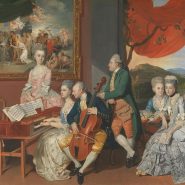Tag: Teaching
By Robert Jesselson October 22, 2018
By Robert Jesselson October 13, 2018
By Robert Jesselson October 7, 2018
Subjects Repertoire, Technique
By Robert Jesselson September 30, 2018
Subjects Repertoire, Technique
By Amit Peled January 6, 2018
By Guy Fishman September 8, 2014
Subjects Baroque, Historical
Tags Baroque, blog, cello, gut strings, Guy Fishman, Teaching, vibrato
By Avery Waite October 22, 2013
Subjects Artistic Vision
Tags activities, after-school music, Avery, balance, beauty, cello, challenges, Community, contradictions, culture, El Sistema, energy, Enharmonically Equivalent, exploration, fruit, gangs, healing, Jamaica, Kingston, music, neighborhoods, passion, safety, students, Teaching, Travel, violence, Waite









